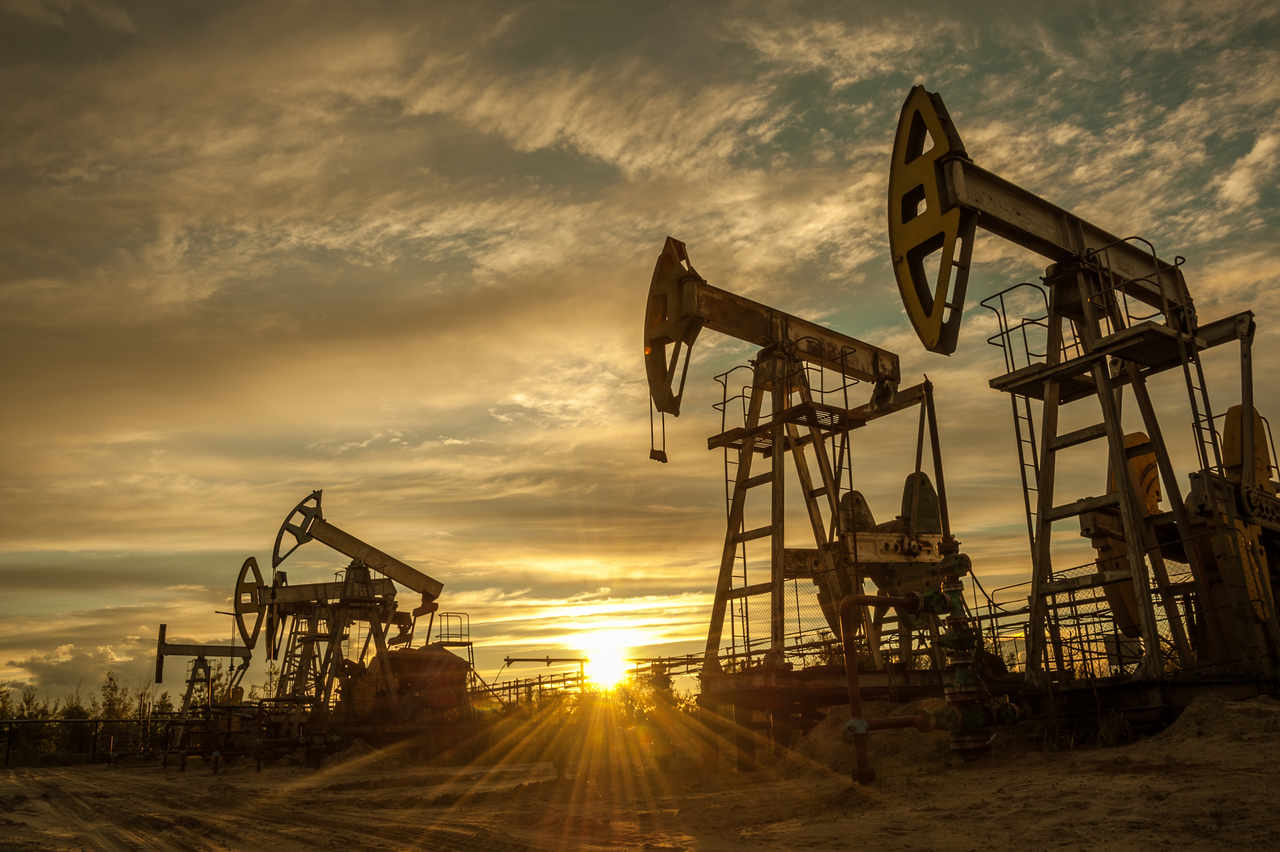For decades, oil and gas have powered the world—fueling our homes, cars, factories, and entire economies. But in 2025, this once-stable industry is going through massive disruption. From environmental pressure to global politics and game-changing technology, things are shifting fast.
Let’s break down the top 10 challenges in the oil and gas industry right now, what’s causing them, and what they could mean for the future of energy.
1. 🌍 Environmental Pressure Is at an All-Time High
Let’s start with the elephant in the room: climate change. The oil and gas sector is under immense pressure to clean up its act. From oil spills to carbon emissions, public and political backlash is growing.
Fossil fuels are a major contributor to greenhouse gases, and the push for companies to reduce their carbon footprint is only getting stronger. Today’s energy giants are being asked to act more like environmental stewards than just fuel providers.
🛠️ What’s being done?
-
Carbon capture technologies
-
Reduced flaring
-
Cleaner refining processes
2. 📝 Regulatory Compliance Keeps Getting Tougher
With environmental concerns comes regulation. Governments across the globe are tightening the rules on how oil and gas companies operate.
We’re talking:
-
Emissions caps
-
Stricter offshore drilling policies
-
Mandatory ESG reporting
For companies, these laws mean big investments in tech, infrastructure, and monitoring systems—just to stay legal.
3. 📉 Volatile Prices Make Planning a Nightmare
Oil prices can spike or crash depending on everything from OPEC decisions to war, inflation, or a random supply chain issue. This rollercoaster pricing makes it incredibly hard for businesses to plan ahead or maintain steady profits.
Just think: a single geopolitical event can send global oil prices soaring—or crashing.
📊 Key risks:
-
Economic downturns
-
Global conflicts
-
Supply chain disruptions
4. ⚡ The World Is Shifting to Renewables
Solar, wind, and hydro are growing fast. The world is moving toward clean energy, and oil and gas companies can’t ignore it anymore.
The challenge? Many of them now need to reinvent themselves. This means finding new revenue streams, investing in renewables, and rebranding to stay relevant.
🚀 Some are already doing this:
-
Shell and BP are investing in offshore wind
-
ExxonMobil is exploring carbon capture
5. 🤖 Tech Is Disrupting Everything
Oil rigs used to rely on sheer manpower. Not anymore. Today’s operations use AI, IoT, automation, and big data to monitor pipelines, optimize drilling, and boost safety.
But this digital transformation isn’t cheap. Companies have to keep pace or risk falling behind.
💡 Trending tech in oil & gas:
-
Drones for inspections
-
Real-time data analytics
-
Predictive maintenance using AI
6. 🏗️ Aging Infrastructure Is a Ticking Time Bomb
Much of the world’s oil and gas infrastructure is decades old—we’re talking rusting pipelines, outdated refineries, and equipment that’s well past its prime.
Replacing or upgrading these systems takes massive capital and years of planning. But delaying these investments can lead to dangerous spills, outages, or catastrophic failures.
7. 🌐 Geopolitical Risk Is Constant
From the Middle East to Venezuela, many oil-rich regions are politically unstable. Wars, sanctions, trade disputes—these aren’t just headlines; they directly affect supply chains and profitability.
⛔ Risks include:
-
Government nationalizations
-
Armed conflict near oil fields
-
Sanctions restricting exports
Companies must constantly adapt and strategize to stay afloat amid political chaos.
8. 👩🔬 Talent Shortages Are Holding Everyone Back
The oil and gas industry is losing experienced workers to retirement. But younger talent? They’re increasingly drawn to cleaner, more future-focused sectors like renewables or tech startups.
This talent gap is especially bad in engineering, geology, and digital operations. And without skilled workers, growth slows and safety risks rise.
✅ What can help?
-
More investment in training programs
-
Better employer branding
-
Stronger focus on innovation and sustainability
9. 🏁 Fierce Competition from Renewables and Peers
Traditional oil and gas firms aren’t just competing with each other anymore—they’re going head-to-head with renewable energy companies. Wind and solar are now cost-competitive in many regions.
This competition is forcing oil and gas companies to:
-
Cut costs aggressively
-
Innovate faster
-
Focus on efficiency over expansion
10. ♻️ Sustainability & ESG Are Now Non-Negotiable
ESG (Environmental, Social, and Governance) used to be a nice-to-have. Now, it’s make-or-break. Investors, regulators, and consumers want transparency and accountability.
Companies that don’t prioritize ESG risk losing funding, credibility, and long-term viability.
🌱 Areas under the microscope:
-
Emissions reporting
-
Human rights in supply chains
-
Board diversity
🧭 What the Future Holds
The road ahead for the oil and gas industry won’t be easy—but it’s not all doom and gloom. Some companies are already leading the charge with cleaner operations, renewable integration, and tech innovation.
✅ Winning strategies include:
-
Embracing digital tools
-
Moving into renewable markets
-
Committing to bold sustainability goals
In short, success in 2025 and beyond will belong to the adaptable.
💬 Final Thoughts
Whether you work in the industry or just care about where your energy comes from, understanding these challenges is crucial. The oil and gas industry is still central to the global economy—but it needs to evolve, fast.
By tackling these ten challenges head-on, energy companies can lead the transition, not lag behind it. The choice is theirs.

Ingrid Maldine is a business writer, editor and management consultant with extensive experience writing and consulting for both start-ups and long established companies. She has ten years management and leadership experience gained at BSkyB in London and Viva Travel Guides in Quito, Ecuador, giving her a depth of insight into innovation in international business. With an MBA from the University of Hull and many years of experience running her own business consultancy, Ingrid’s background allows her to connect with a diverse range of clients, including cutting edge technology and web-based start-ups but also multinationals in need of assistance. Ingrid has played a defining role in shaping organizational strategy for a wide range of different organizations, including for-profit, NGOs and charities. Ingrid has also served on the Board of Directors for the South American Explorers Club in Quito, Ecuador.










































